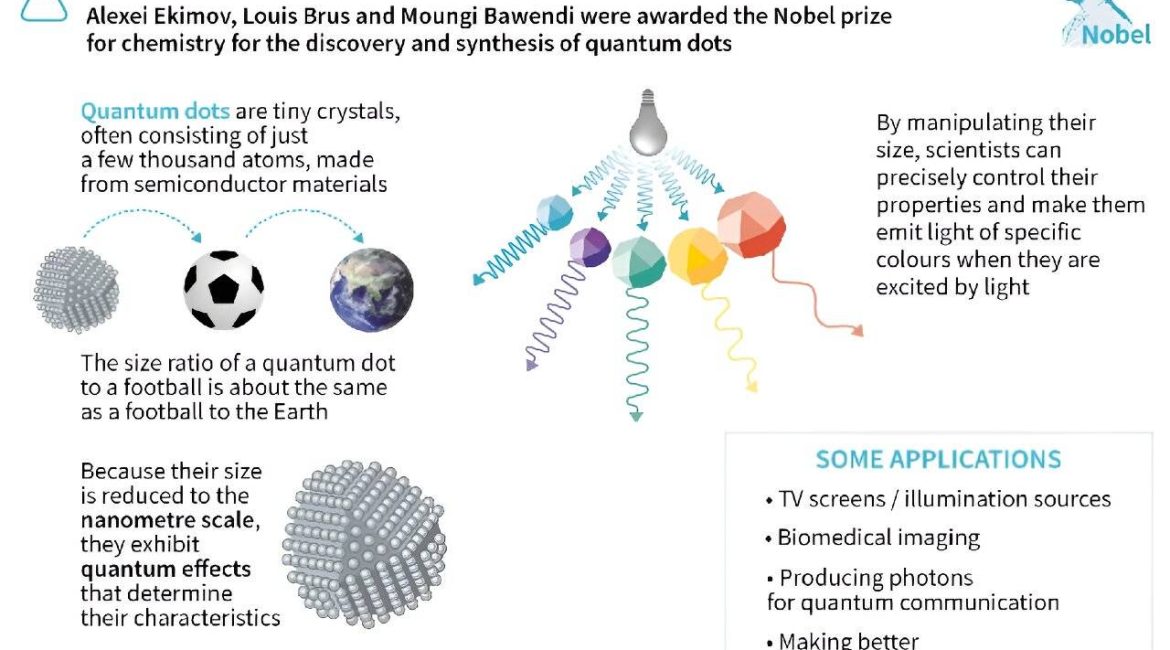LED technology is constantly evolving, and there are several advancements and trends in the field. Here are some notable advancements in LED technology:
-
Doping with Rare Earth Elements: Researchers have been exploring the use of rare earth elements, such as europium, to enhance LED performance. Doping gallium nitride (GaN) with europium has shown compatibility with current GaN-based LED technologies, with potential implications in the commercial sector .

-
Quantum Dots: Quantum dots are nanocrystals that can emit light of specific colors when excited by an electric current. They offer improved color accuracy, wider color gamut, and higher efficiency compared to traditional phosphors used in LEDs. Quantum dot technology is being integrated into LED displays, enabling vibrant and lifelike colors.

-
Micro-LEDs: Micro-LEDs are miniature versions of traditional LEDs, typically less than 100 micrometers in size. They offer high brightness, energy efficiency, and excellent color reproduction. Micro-LEDs have the potential to revolutionize display technology, enabling ultra-high-resolution screens with improved contrast and power efficiency.

-
Organic LEDs (OLEDs): OLEDs are made from organic compounds that emit light when an electric current is applied. They offer flexibility, thinness, and the ability to produce true blacks and vibrant colors. OLED technology is being used in applications such as smartphone displays, televisions, and lighting fixtures.

-
Wireless Connectivity and Control: LED lighting systems are increasingly incorporating wireless connectivity and control features. This allows users to remotely regulate lighting fixtures using smart devices, enabling features like dimming, color control, and automation.

It’s important to note that LED technology is a rapidly evolving field, and ongoing research and development are likely to bring further advancements in the future. These advancements may include improvements in efficiency, durability, color control, and integration with emerging technologies.




